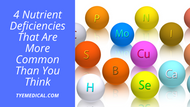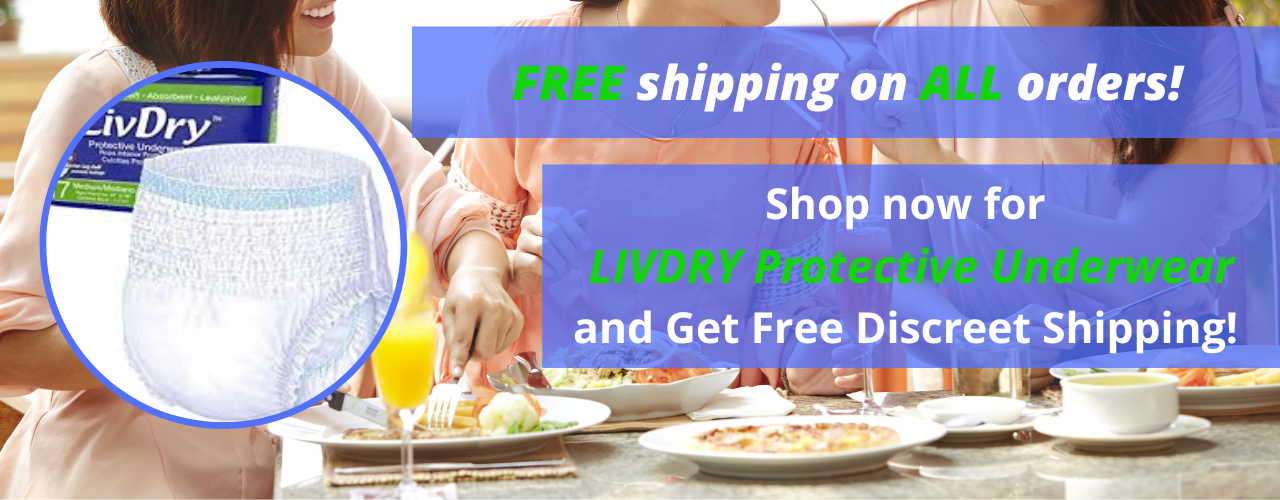4 Nutrient Deficiencies That Are More Common Than You Think
Written by TYE Medical on Sep 22nd 2023
Staying in good health requires a steady supply of essential nutrients. But sometimes, that’s easier said than done. The standard American diet, otherwise known by the acronym SAD, is generally low in several of the nutrients you need to keep you energized and healthy. This just means that eating foods containing these key nutrients aren’t at the top of your grocery list or perhaps not on your list at all. They’re just not part of your routine eating plan.
Here’s a rundown of nutrient deficiencies that are more common than you think and what you can do to boost your intake.
1. Iron Deficiency
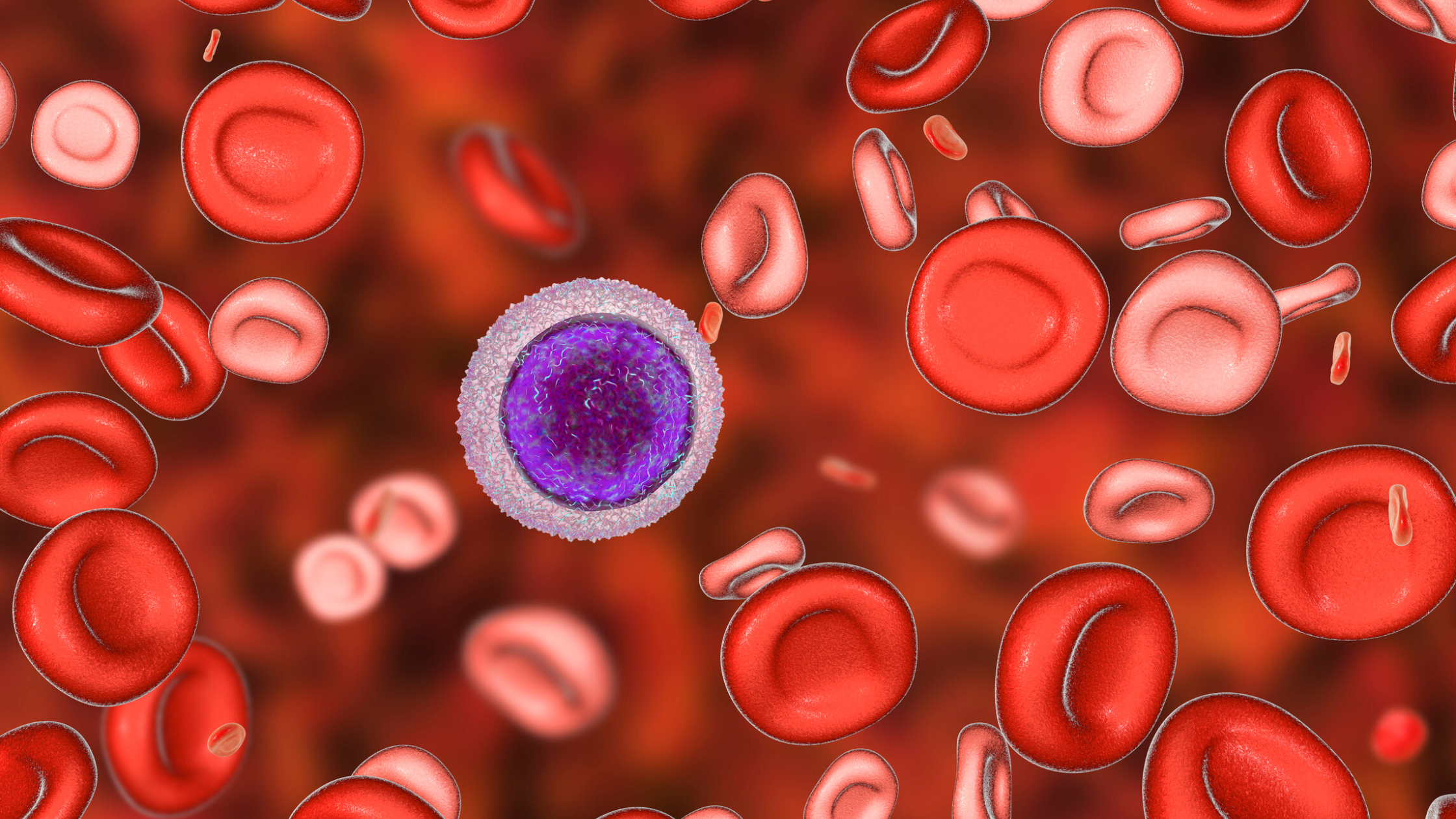
Iron is essential. It’s contained within your red blood cells and binds with hemoglobin to carry oxygen to cells throughout your body. And when you’re low in iron, the symptoms can become severe.
Dietary iron is classified in two ways:
- Heme iron
This type of iron is easily absorbed and is only contained in foods derived from animals. Red meats are particularly high in iron but you’ll find plenty of it contained in other animal products too.
- Non-heme iron
It’s not as easily absorbed as heme iron, but it’s more common and found in both animal and plant foods.
Who Is Prone to Iron Deficiency?
Iron deficiency affects over 25% of the world’s population and is one of the most common nutritional deficiencies in the world. Surprisingly, preschool children are most affected by iron deficiency, even more so than the elderly population. Iron deficiency affects about 47% of pre-school age children. This is the case unless they are provided with iron-rich foods or iron-fortified foods.
If you’re in your childbearing years and still have a menstrual cycle, you are also greatly affected. About 30% of women in this age group experience iron deficiency related to monthly blood loss. When you lose blood rapidly, your body doesn’t have time to replenish it. If your periods are heavy, you might not fully recover your iron stores by the time your next cycle starts. Over time, this can lead to noticeable iron-deficiency symptoms.
Aside from age, diet also affects iron deficiency. If you’re a vegetarian or vegan, your plant-based diet includes very little heme iron. And the non-heme iron you consume regularly is more difficult to digest. This leaves you very susceptible to low iron stores.
Iron deficiency symptoms often include weakness, fatigue, a weakened immune system, and difficulty thinking.
Foods Rich in Iron
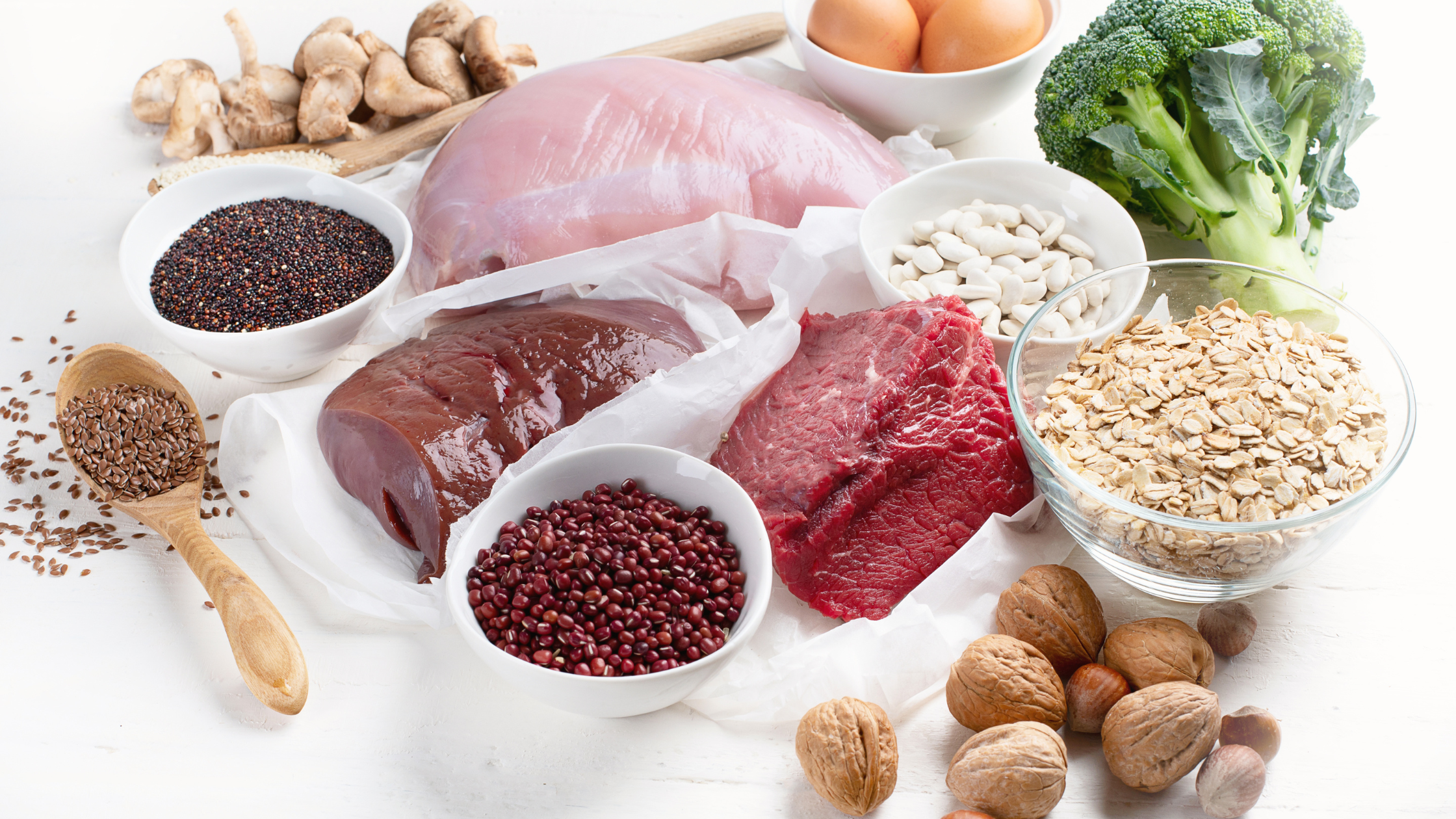

Heme iron foods:
- Red meat. You can get almost 30% of the daily iron you need from just 3 ounces of ground beef.
- Organ meat. A slice of liver serves up over half of the iron you need for the day.
- Shellfish. If you’re not a fan of liver, you can still meet half your daily iron needs if you eat clams, oysters, or mussels.
- Canned sardines. Just a single 3.75-ounce can of sardines delivers 34% of your daily iron.
Non-heme iron foods:
- Beans. A half cup of kidney beans gives you 33% of your daily iron.
- Seeds. You can get as much as 11% of your daily iron value out of just an ounce of seeds such as pumpkin, squash, and sesame.
- Dark, leafy greens. Just an ounce of fresh kale can give you 5.5% of your iron needs. Broccoli and spinach are other good sources of heme iron.
Before starting an iron supplement, talk with your doctor. It can be harmful to take an iron supplement when you don’t need it. Too much iron isn’t a good thing. But if you think you’re having trouble absorbing iron from food, you can try eating vitamin-C-rich foods to aid absorption. Vitamin C as found in oranges, bell peppers, and kale can help increase your iron absorption.
2. Iodine Deficiency
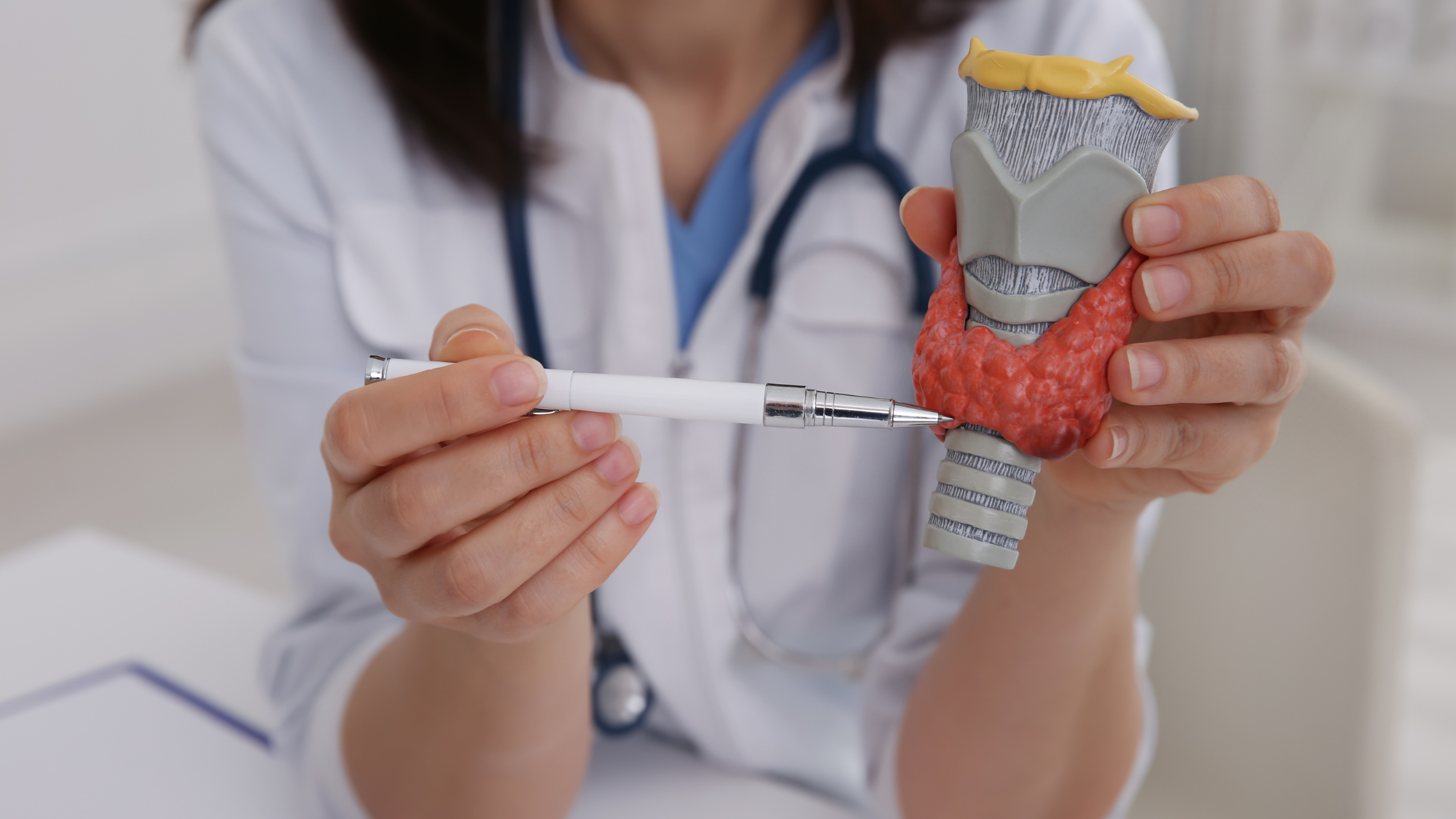
Iodine deficiency affects nearly one-third of the world’s population, making it one of the most common nutrient deficiencies. But adequate iodine is crucial to good health, supporting normal thyroid function, metabolism, and even bone health.
Foods Rich in Iodine
You can find iodine packed into foods like:
- Fish. Just 3-ounces of baked cod fills 66% of your daily needs.
- Seaweed. It takes just 1-gram of kelp to gain 460-1,000% of daily iodine.
- Dairy. You can fill about half of your daily iodine needs when you eat just one cup of plain yogurt.
- Eggs. One large egg provides 16% of your daily iodine.
Why Is There Iodine Deficiency?
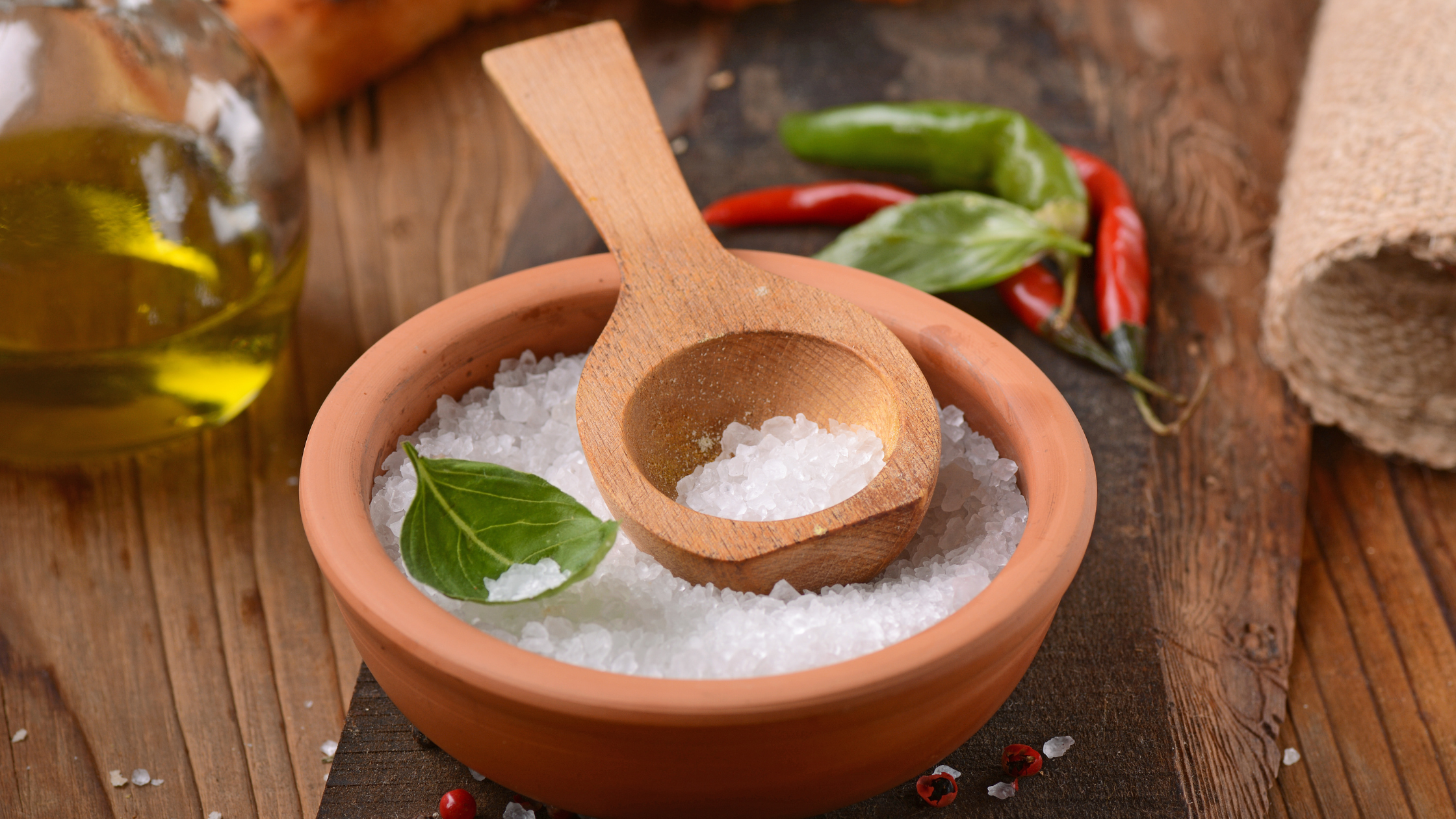
It’s difficult to pinpoint exact iodine levels contained in foods since the mineral is found in soil and ocean water at varying levels. This means that foods that should be rich in iodine may not be if they were grown in iodine-poor soil. In light of this, some countries have mandated manufacturers to enrich table salt with iodine. This helps prevent deficiencies due to low mineral levels in the soil.
That should solve the problem for most of us, right? Well, not exactly. As Americans have become more aware of the dangers of excess sodium, low-sodium diets have become popular. Some of these diets are critical to improved health and are doctor recommended.
And when you do consume salt, you might opt for sea salt and Himalayan “pink” salt neither of which are enriched with iodine. This won’t be much of a problem if you regularly eat fish, dairy, eggs, or even kelp.
But for those who don’t, they might find iodine deficiency becomes a problem.
3. Vitamin D Deficiency
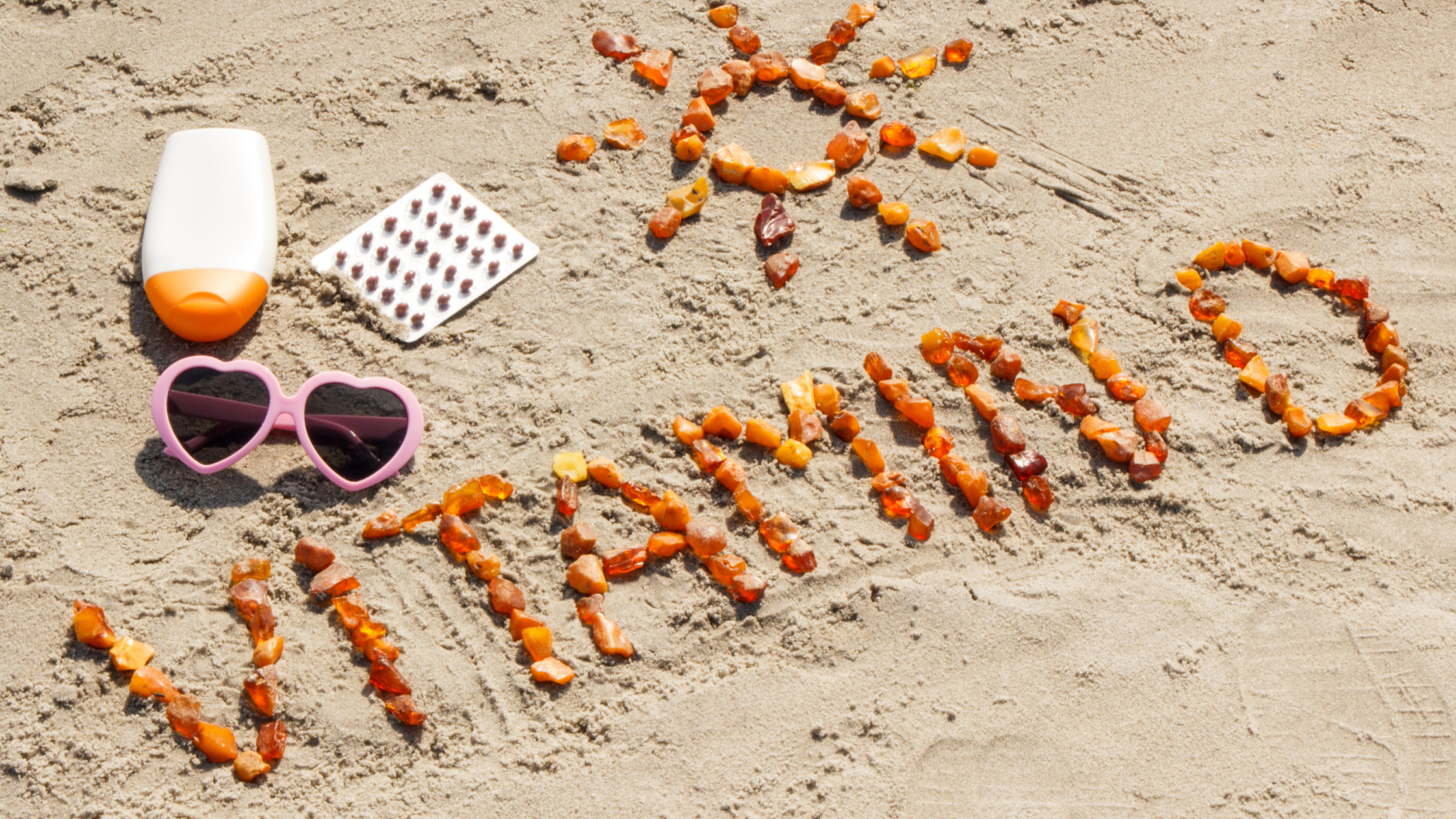
Sunlight is the primary source of vitamin D. When cholesterol in your skin is exposed to sunlight, it produces vitamin D. This vitamin travels through your bloodstream to enter cells and activate or deactivate genes. Nearly every cell in your body contains a vitamin D receptor.
According to best estimates, about 42% of people in the United States have some degree of vitamin D deficiency.
The further from the equator you live and the darker your skin, the more prone you are to vitamin D deficiency. Darker skin produces less vitamin D when exposed to sunlight. Older adults are also more susceptible to vitamin D deficiency, largely because of their decreased sunlight exposure and difficulty digesting and absorbing supplements.
Foods Rich in Vitamin D
Not many foods have notable amounts of vitamin D, but here are your best sources:
- Cod liver oil. One tablespoon offers 227% of your daily needs.
- Fatty fish. Just a 3-ounce serving of cooked salmon has 75% of your daily vitamin D. You can also get a significant amount of the nutrient from mackerel, trout, and sardines.
- Egg yolks. If you want to boost vitamin D, don’t skip the yolk. One large egg has 7% of your daily requirement.
Because it’s difficult to get enough vitamin D through diet alone, it’s best to increase your sun exposure or take a supplement if you’re deficient.
4. Vitamin B12 Deficiency
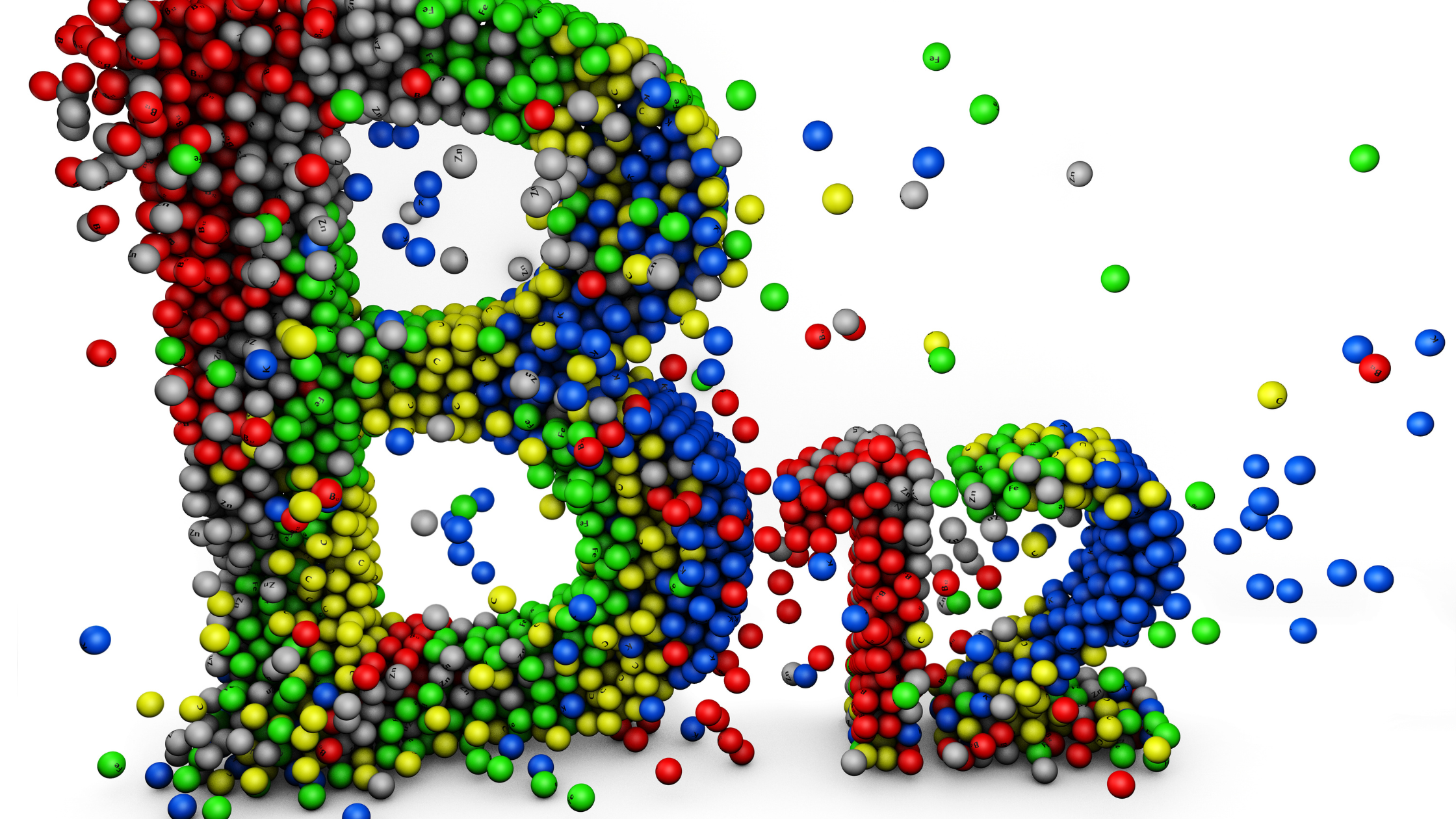
You need vitamin B12 to make blood and for the proper function of your brain and nerves. Even though every cell in your body needs this vitamin, your body can’t produce it. This means the only way to keep up your B12 stores is through your diet or taking supplements.
Since your body doesn’t produce it, it’s not too difficult to become deficient. B12 is only found in animal products (at least in notable quantities), which is why many vegetarians and vegans are deficient. And older adults are also at greater risk of vitamin B12 deficiency because it becomes more difficult to absorb this vitamin as you age.
Vitamin B12 absorption is complicated, because it requires a protein called “intrinsic factor”. If you’re low in this protein, you won’t be able to absorb B12 adequately. Often, you’ll require B12 injections or a very high dose of quality supplement.
Foods Rich in B12
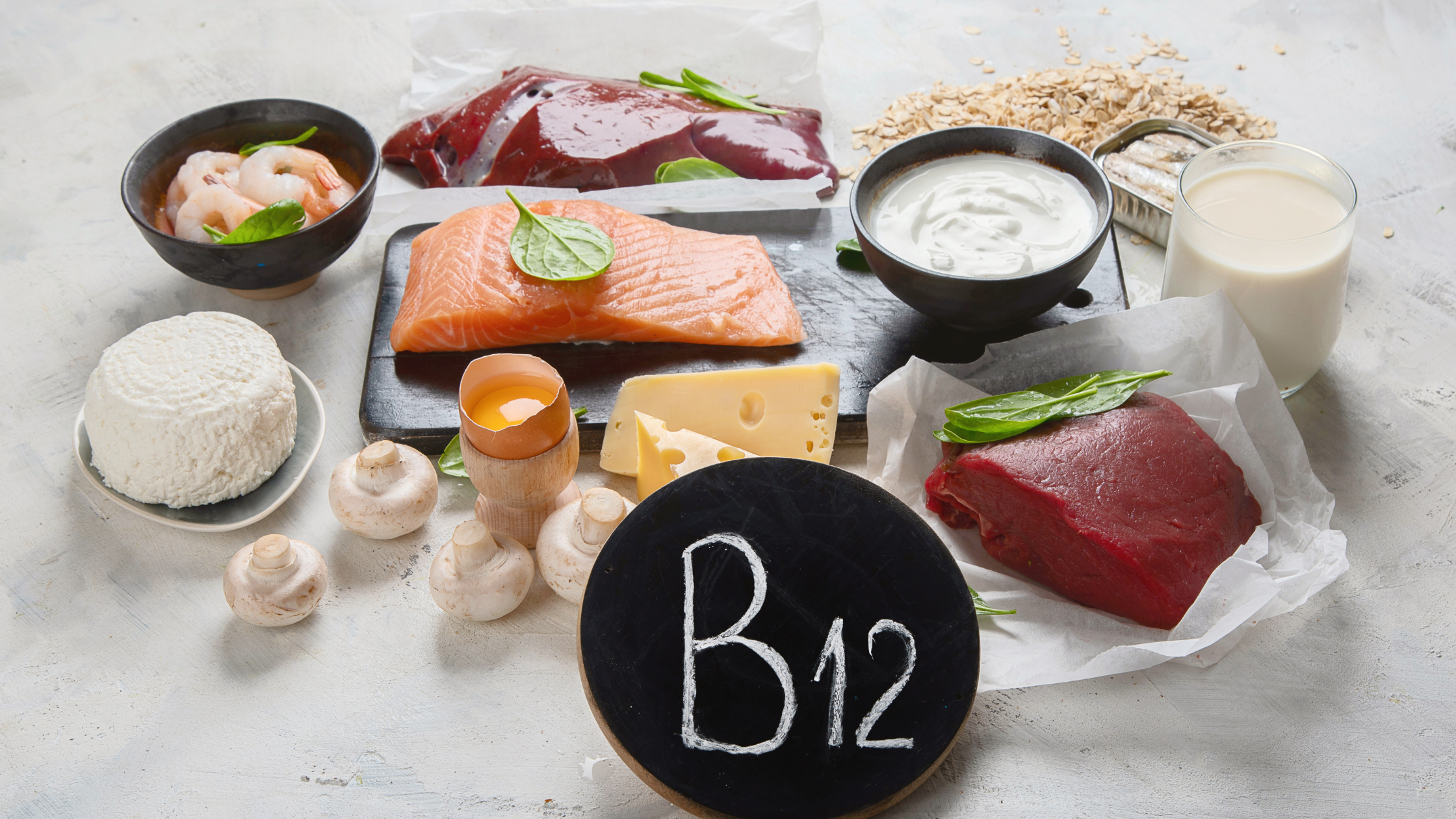
You can get more B12 in your diet when you eat:
- Shellfish. Just 3-ounces of cooked clams is packed with 1,400% of your daily B12 needs.
- Organ meat. You can get over 1,000% of your daily B12 in just 2-ounces of sliced liver.
- Meat. Both red meat and poultry are sources of B12. A 6-ounce beef stacks contains 150% of daily B12 needs.
- Milk products. You can get 18% of your daily B12 from one cup of whole milk.
You don’t have to worry about getting too much B12, because you won’t absorb everything you consume. And the excess is easily passed out of your system.
Are Supplements the Answer?
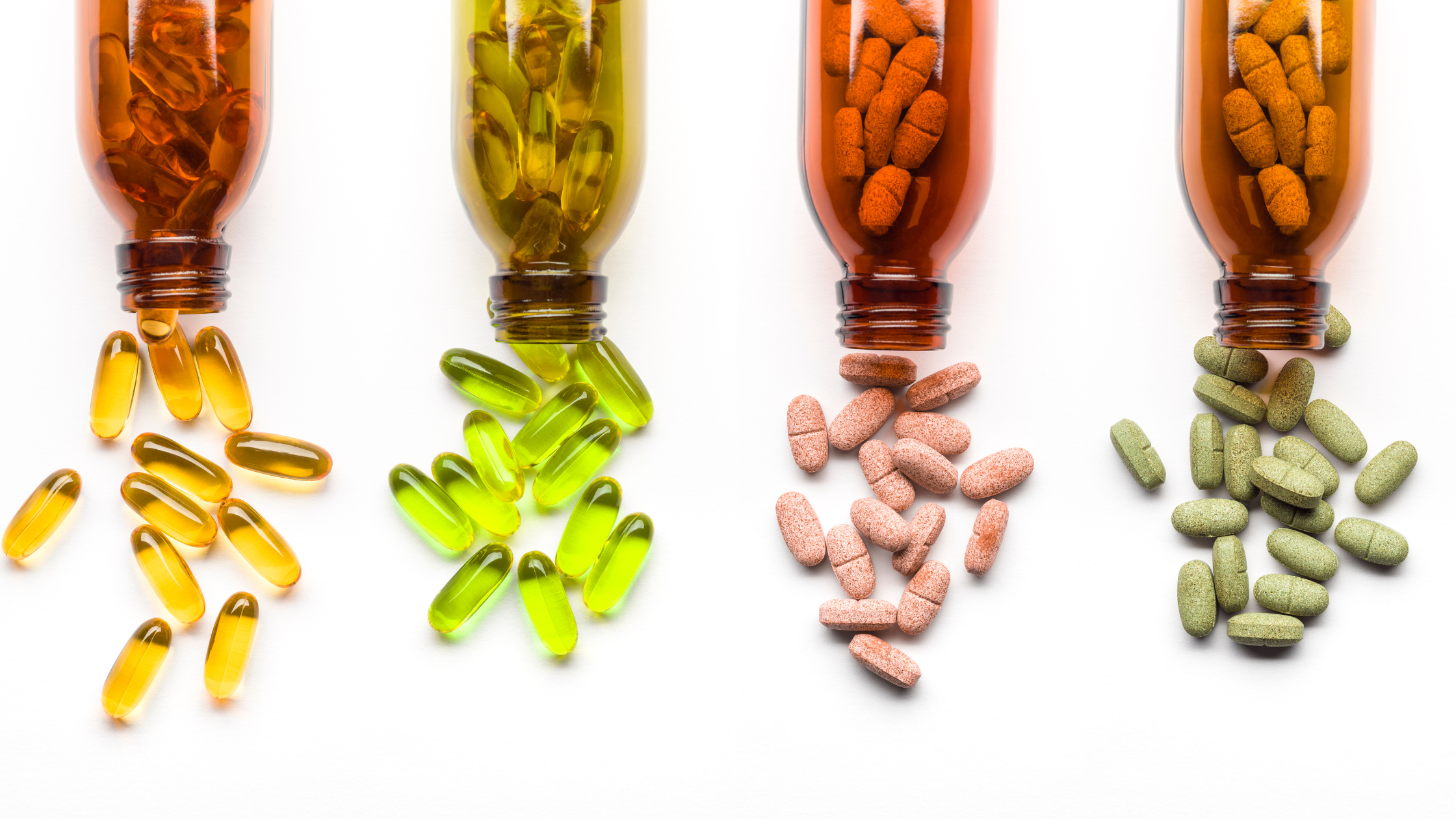
According to an article published through Harvard Medical School, current research had found little to support the use of most supplements. In other words, supplements aren’t delivering the benefits for which people take them.
If you take supplements to prevent diseases and health problems, most supplements aren’t delivering on your expectations. But in some situations, certain supplements are appropriate and may bring worthwhile benefits, like:
- Vitamin D
- Vitamin B12
- Folate
- Fish oil
You may notice a supplement conspicuously missing from the list–a multivitamin. Currently, there is no evidence of health benefits like improved well being or illness prevention.
In short, if you want to improve health and prevent disease, eat a balanced diet with plenty of fruits and vegetables, whole grains, and lean protein. And don’t forget to include a little red meat to keep those iron levels up. But under certain conditions, you may need a supplement when you can’t get adequate nutrition from your diet.

